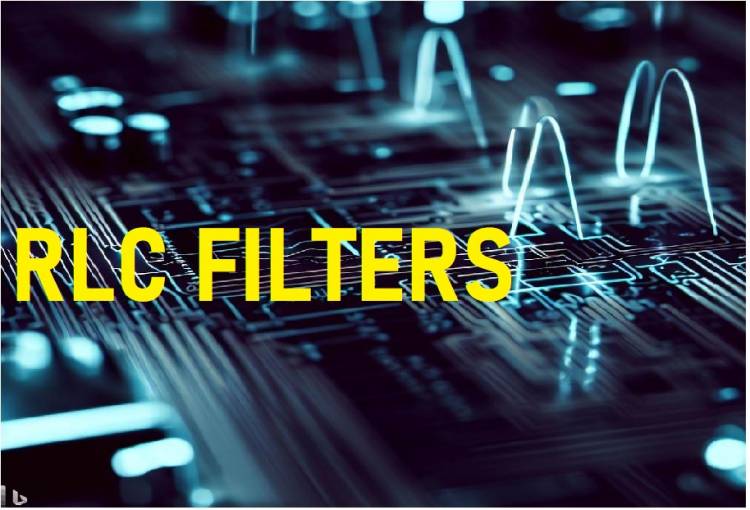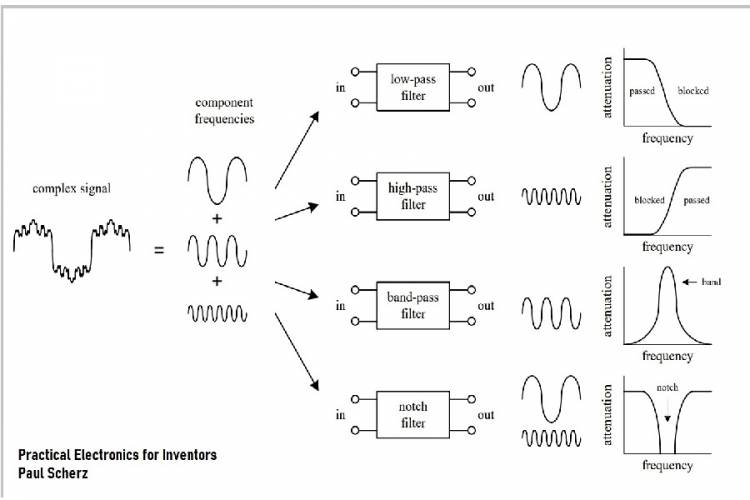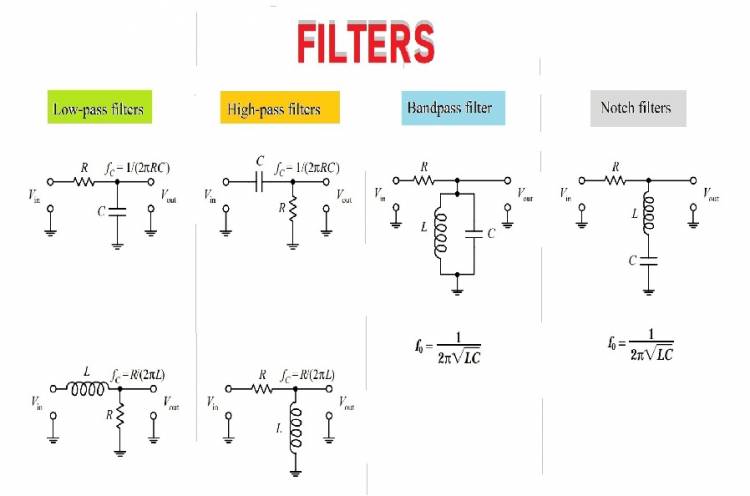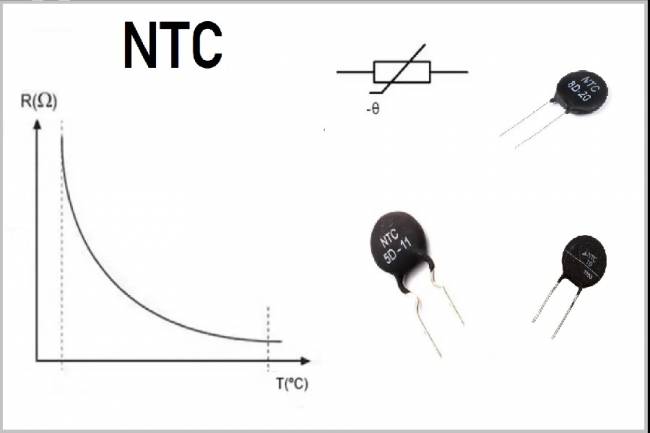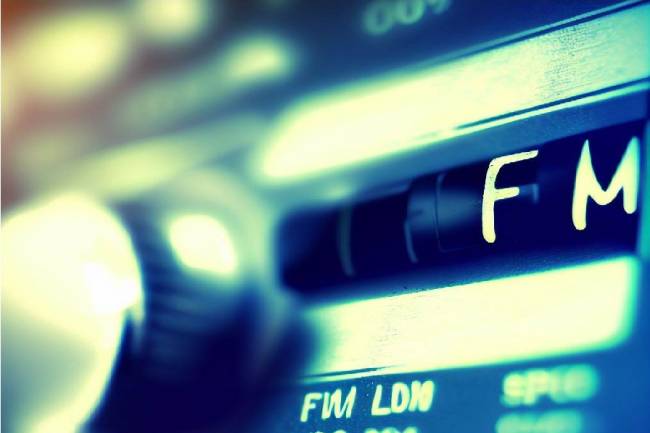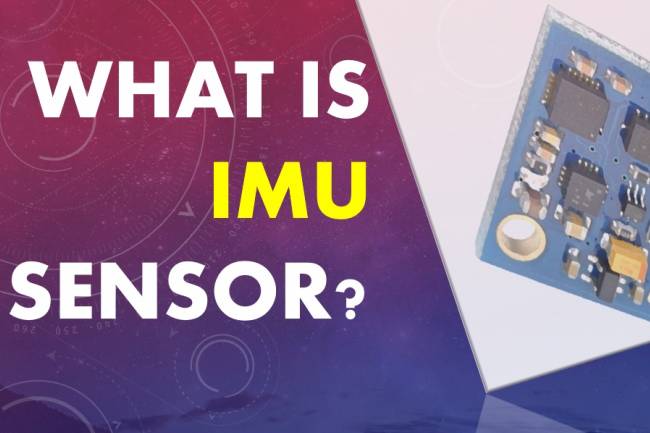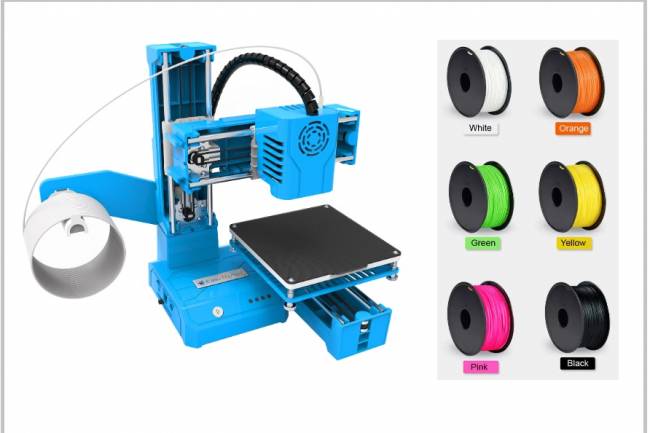Filters as Frequency Separation and Cleaning Tools
The Fundamentals of Electronic Signal Processing
Correct transmission and processing of signals in electronic circuits is of great importance. In electrical circuits, one of the basic tools used to extract, clean and process signals of different frequencies is "filters". Filters are circuits formed by combinations of components such as resistors, capacitors and coils found in electrical circuits.
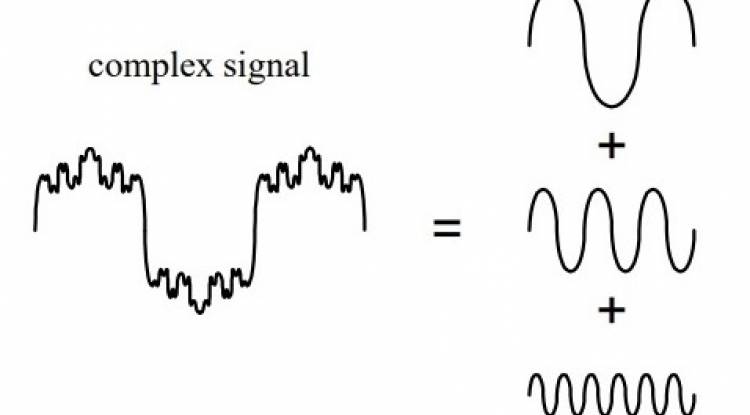
These circuits can be designed for purposes such as amplifying low-frequency signals or blocking high-frequency noise.
Filters are used in many fields. For example, it is used in audio systems to block unwanted low-frequency noise or correct high-frequency distortions. In data communication systems, filters are used to ensure that signals pass in certain frequency ranges or to filter out noise at certain frequencies. In addition, filters play a large role in many areas from radio frequency (RF) applications to signal processing.
(The following article on filter applications can also be read: Brain Waves and EEG)
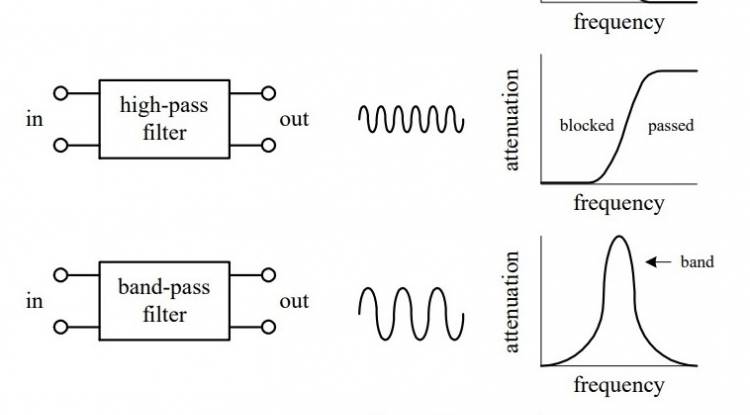
In this article, we will examine the basic filter types used in electrical circuits and explain the working principles of different types, from low-pass filters to high-pass filters. We will also cover important factors to consider in filter design and practical applications of filters. Filters, one of the indispensable tools of the electrical world, make significant contributions to the development of technology with their critical role in signal processing and transmission.
R-L-C filters are one of the important components used in electrical circuits. R-L-C filters contain resistor (R), coil (L), and capacitor (C) components and can pass or block the signal depending on the frequency of the electrical signals.R-L-C filters can be basically divided into three types: low-pass, high-pass and band-pass filters.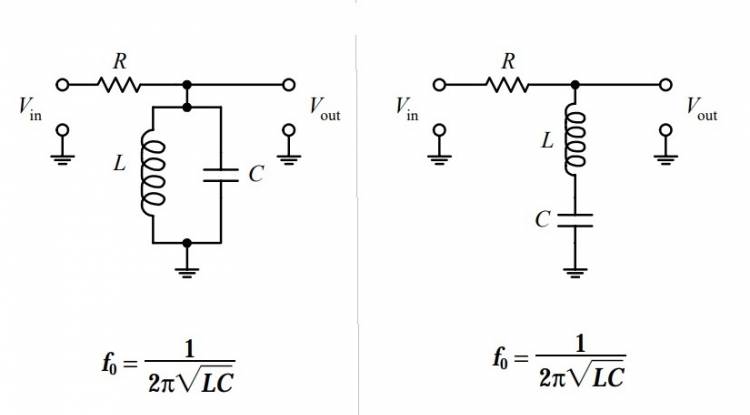 1. Low-Pass Filter: This type of filter passes low-frequency signals while blocking high-frequency signals. Such a filter can be used to smooth the signal or reduce high frequency noise.
1. Low-Pass Filter: This type of filter passes low-frequency signals while blocking high-frequency signals. Such a filter can be used to smooth the signal or reduce high frequency noise.
2. High-Pass Filter: High-pass filters pass high-frequency signals while blocking low-frequency signals. Such filters can be used to filter out low frequency noise in audio systems or data communications.
3. Band-Pass Filter: Band-pass filters pass signals in a certain frequency range while blocking other frequencies. Such filters can be used in radio frequency (RF) applications or systems that require communication at a specific frequency.
The behavior of R-L-C filters depends on the values of the R, L and C components and the frequency of the signal. The cutoff frequency of the filter determines how fast the filtering occurs. The cut-off frequency is called the high-frequency cut-off point for low-pass filters and the low-frequency cut-off point for high-pass filters.
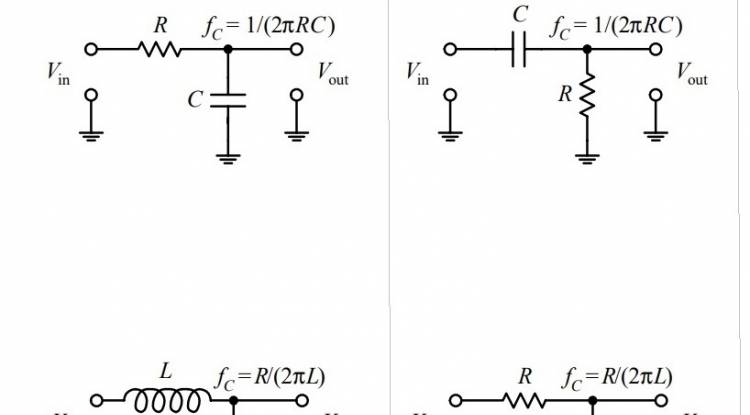
R-L-C filters have a wide range of uses in electronic devices, audio systems, data communications and signal processing applications, as well as electrical circuits. They are important components used to separate, smooth or block signals of different frequencies.
When to use R-C and when to use L-C?
There are two basic types of low-pass filters: RC (resistor-capacitor) and LC (coil-capacitor) filters.
1. RC Low-Pass Filter (Resistance-Capacitor Filter): In this type of filters, low-pass filtering is done with a resistor (R) and a capacitor (C). Low frequency signals are not blocked by passing through the capacitor, while high frequency signals cannot pass through the resistor due to the high impedance of the capacitor. Such filters are mostly used to pass the signal at low frequency.
2. LC Low-Pass Filter (Coil-Capacitor Filter): LC filters are a type of low-pass filter with a more complex structure. In these filters, coil (L) and capacitor (C) are used together. While low frequency signals can pass through the coil, high frequency signals cannot due to the high impedance of the coil. LC filters are generally used when higher frequency signals need to be blocked.
For this reason, R-C (resistor-capacitor) low-pass filters are generally preferred in low-frequency circuits, while L-C (coil-capacitor) low-pass filters are more appropriate in high-frequency circuits. Factors such as component values and cut-off frequency in filter design are important parameters that determine filtering performance.
